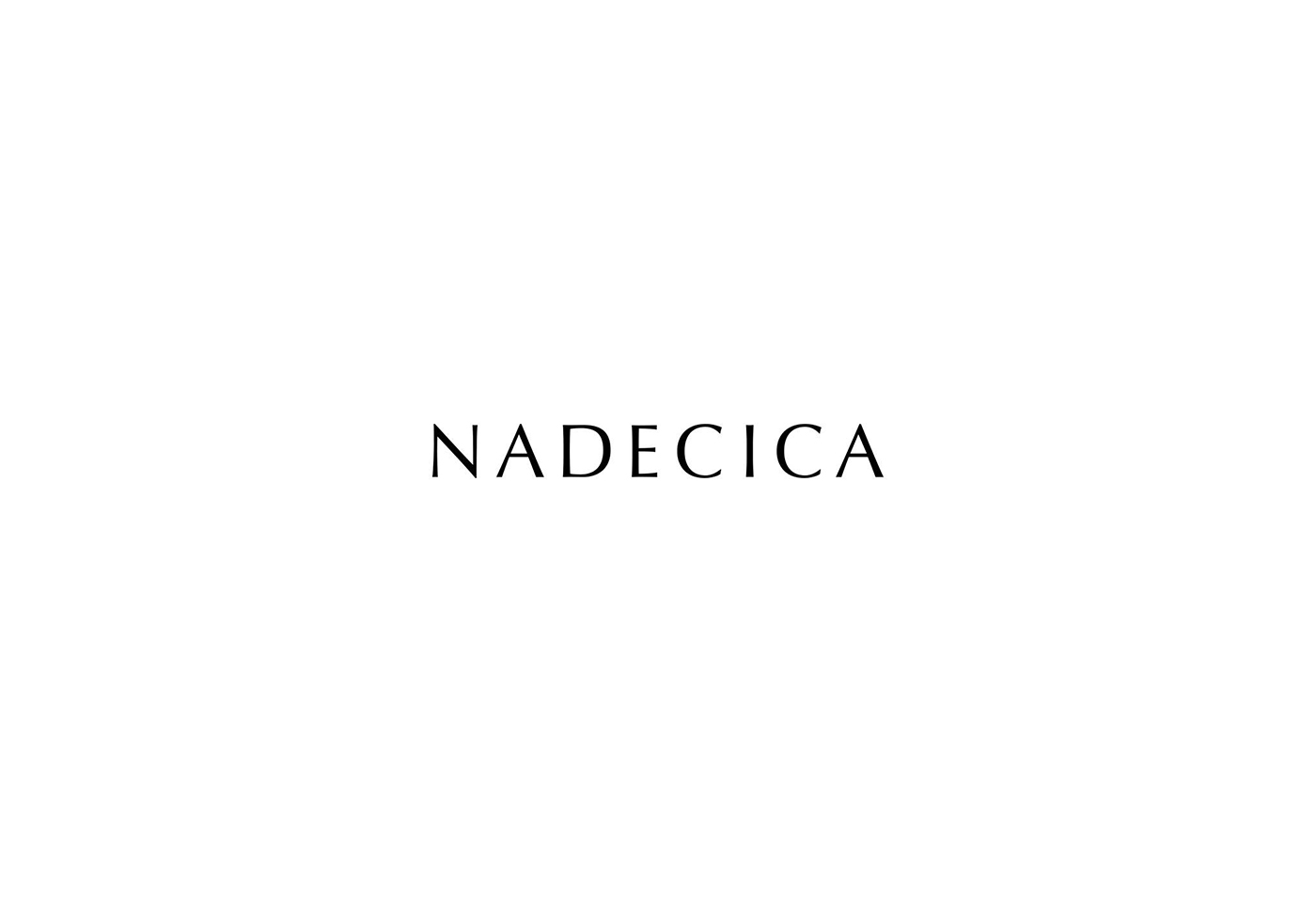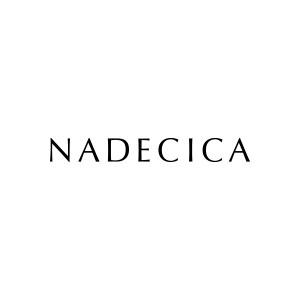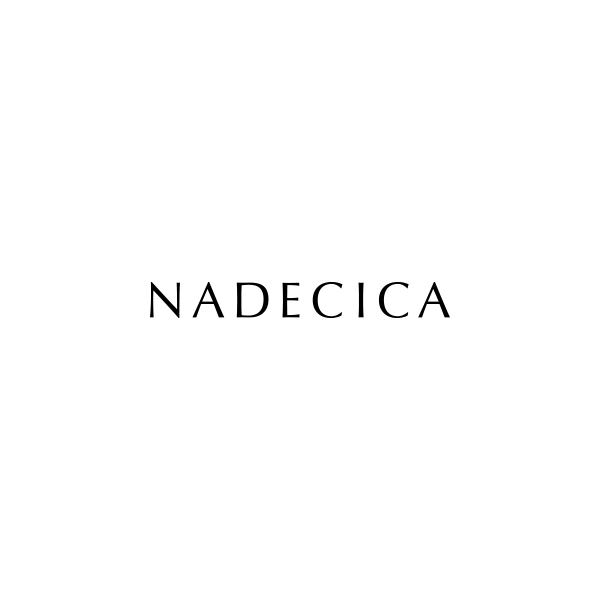目次
To calculate the value of a zero-coupon bond, we only need to find the present value of the face value. Carrying over from the example above, the value of a zero-coupon bond with a face value of $1,000, YTM of 3% and 2 years to maturity would be $1,000 / (1.03)2, or $942.59. Bond valuation, in effect, is calculating the present value of a bond’s expected future coupon payments. The theoretical fair value of a bond is calculated by discounting the future value of its coupon payments by an appropriate discount rate. The discount rate used is the yield to maturity, which is the rate of return that an investor will get if they reinvested every coupon payment from the bond at a fixed interest rate until the bond matures. It takes into account the price of a bond, par value, coupon rate, and time to maturity.
If you are transferring securities from another RBC business like RBC Royal Bank or RBC Dominion Securities, you typically do not need to submit the Book Cost Form. If the book value of your transferred securities does not appear in your account(s), you will need to provide an account statement or other proof of the book cost. The bond issue date is the date that the bond is issued and available for purchase by creditors.
Automate to Accumulate: How Consistency Can Help Drive Investing Success
On an interest payment date, solve for the date price, which is the same as the cash price. Fixed income securities are subject to increased loss of principal during periods of rising interest rates. Lower-rated securities are subject to greater credit risk, default risk, and liquidity risk.
- Inspired Investor brings you personal stories, timely information and expert insights to empower your investment decisions.
- If a company holding $100 million of real estate launches a fire sale at liquidation prices, they may only raise $75 million, or less, from such sales.
- While market cap represents the market perception of a company’s valuation, it may not necessarily represent the real picture.
Comparing the two can help investors determine if a stock is overvalued or undervalued, given its assets, liabilities, and ability to generate income. Like all financial measurements, the real benefits come from recognizing the advantages and limitations of book and market values. The investor must determine when to use the book value, market value, or another tool to analyze a company. Total assets cover all types of financial assets, including cash, short-term investments, and accounts receivable.
1: Determining the Value of a Bond
When you sell your investments in a non-registered account, book value is used to determine your capital gain or capital loss for tax purposes. In accounting, book value is the value of an asset[1] according to its balance sheet account balance. For assets, the value is based on the original cost of the asset less any depreciation, amortization or impairment costs made against the asset. When intangible assets and goodwill are explicitly excluded, the metric is often specified to be tangible book value. A zero-coupon bond makes no annual or semi-annual coupon payments for the duration of the bond. The difference between the purchase price and par value is the investor’s interest earned on the bond.
What does it mean if BVPS is greater than the price per share?
To help answer those questions, it is critical to know the value, or selling price, of your bonds today. This section explains the concept of a marketable bond along with its important characteristics and terminology. You calculate the bond’s selling price first on interest payment dates and then on all other dates, which present a more complex situation. In the bond market, there is no centralized exchange or quotation service for most fixed income securities.
How to Price a Bond
Many investors and traders use both book and market values to make decisions. There are three different scenarios possible when comparing the book valuation to the market value of a company. It is quite common how to find the amount of sales tax to see the book value and market value differ significantly. The difference is due to several factors, including the company’s operating model, its sector of the market, and the company’s specific attributes.
Like stocks, however, preferred securities generally rank below an issuer’s bonds, and their dividends are often (but not always) discretionary. While a missed payment by a bond generally triggers a default, that’s not necessarily the case with preferred securities, although it varies by issue. Given the increased risks and their complex characteristics, preferred securities tend to offer relatively high yields. Book value, also known as book cost or average cost, represents the average amount you have paid for your investments – which can change over time (see how below).
Inspired Investor
Physical assets, such as inventory, property, plant, and equipment, are also part of total assets. Intangible assets, including brand names and intellectual property, can be part of total assets if they appear on financial statements. Total liabilities include items like debt obligations, accounts payable, and deferred taxes.
















